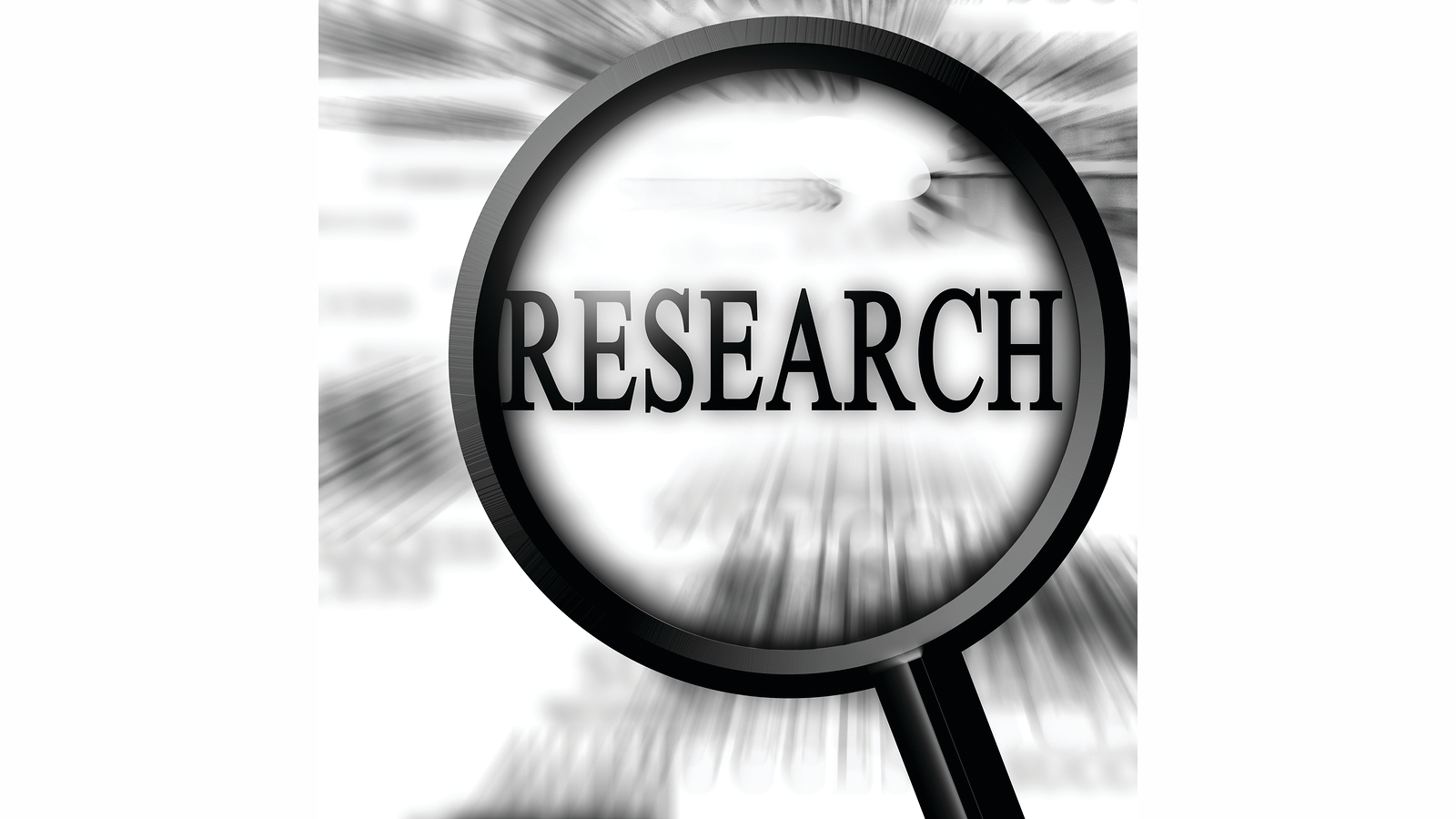New Content Offers Guidance on Expanded Research Credit
The topic includes a comprehensive examination of the legal principles and authorities governing the research credit, including regulations issued in October 2016 addressing when taxpayers that develop their own internal use software can claim the credit.
Dec. 09, 2016

The latest topic added to Thomson Reuters Checkpoint Catalyst examines the federal tax credit for increasing research and development (R&D) activities.
The credit, commonly referred to as the research credit, was originally enacted in 1981 on a temporary basis to incentivize long-term and increasing investment in research and development activities in the United States. It originally expired in 1985 and was temporarily extended a total of 16 times before it was made permanent as part of the 2015 PATH Act. In addition to the permanent reinstatement of the credit, small startups and flow-through entities can now realize greater cash benefits—businesses with revenues under $50 million can use it to offset alternative minimum tax (AMT), and certain startups can use it to offset up to $250,000 in payroll tax.
“The research credit is available for many activities of businesses of all sizes and types, but it has been underused,” said Elyce Friedfeld, managing editor/author with the Thomson Reuters Tax & Accounting business. “The uncertainty about how long the credit would be available, confusion about what activities count as qualified research, and the complexity of the incremental calculations not only impeded multi-year strategic R&D planning, but made it harder to calculate the after-tax cost of R&D investments and justify investment in R&D. The new Checkpoint Catalyst topic is a valuable resource for tax practitioners, corporate tax departments, and other advisers across a broad range of industries.”
The topic includes a comprehensive examination of the legal principles and authorities governing the research credit, including regulations issued in October 2016 addressing when taxpayers that develop their own internal use software can claim the credit. The topic focuses on what types of activities are treated as qualified research, what expenses are eligible for the credit, how the credit is computed, and how it should be documented. In addition to the regular and alternative simplified credit, the topic covers the basic research credit for research performed with no commercial objective and the energy research credit.
Checkpoint Catalyst is a collection of multijurisdictional analyses of specific tax issues and business transactions from a practical, workflow perspective, covering implications at the federal, state and U.S. international levels. Checkpoint Catalyst also provides expert guidance on a range of other related subjects, including:
- Capital Gains and Losses
- Cost Recovery
- Earnings and Profits
- Net Investment Income Tax
- Entity Classification/Disregarded Entities
For more information about Checkpoint Catalyst, visit checkpointcatalyst.com.
Thomson Reuters Checkpoint tackles market disruption through integrated research, editorial insight, productivity tools, online learning and news updates along with intelligent links to related content and software. It is relied on by hundreds of thousands of tax and accounting professionals, and counts among its customers 97 of the Top 100 U.S. law firms, 99 of the Fortune 100 companies, and all of the top 100 U.S. CPA firms.
